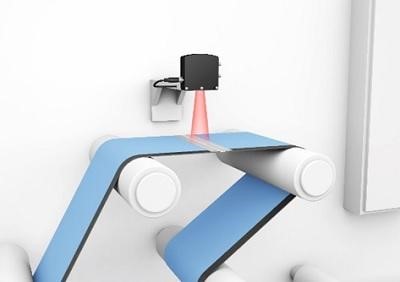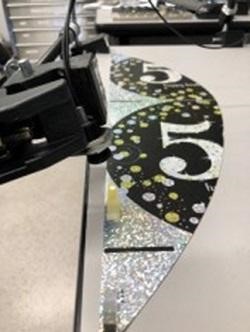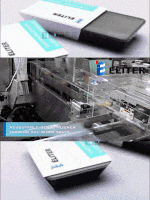Is a Photoelectric Sensor Better for your Label Detection Application?
2022-12-13
What is a photoelectric sensor?
What are the functions of photoelectric sensors?

Object detection is found in all manufacturing industries. Detecting the location, orientation, color or size of a label is essential for product quality and may even be necessary for security reasons. Contrary to what some believe, not all label detection applications require an expensive vision system. In this article we will review some common applications that can be solved with just a photoelectric sensor.
As with any sensor application, it is necessary to specifically adapt the systems for individual applications. In label detection, the properties of the label dictate the sensor needed for the job. The use of the correct sensor will ensure the accuracy of the manufacturing process by limiting the possibility of errors or incorrect readings when attaching or cutting the label. The possibility of errors decreases when the labels are designed to have markings used as a reference point for the sensor to recognize them, indicating to the PLC programming that it is time to cut or place the label. When looking for a label detection application, there are several types of photoelectric sensors available.
Sensors Through Beam
A horseshoe Through Beam sensor has an emitter and a receiver integrated in the same housing that provides a consistent beam of light that is easy to configure for many applications. For label detection, horseshoe sensors have learning buttons to set the target and background so that unique marks can activate the sensor. This helps to find an identification marker that can identify where to cut the label. For applications with consistent markings on different labels, the sensor will not need to be reprogrammed if the color of the identification mark and the background are the same. The common use of these sensors is in flexible manufacturing lines because operators can retrain the sensor to recognize a new label with a different style and color in less than 60 seconds.
Contrast Sensors

By providing a high level of accuracy for finding labels on a variety of products, contrast sensors can be taught to identify a target on many different types of materials, which gives an advantage when working with three-dimensional objects. They provide background suppression, enabling applications that use transparent objects, such as glass and plastic, and work by distinguishing between objects based on their gray values. This means that contrast sensors are very accurate when detecting objects with similar colors.
Color Sensors
Color sensors are a fantastic choice when working with labels of many different colors. A traditional color sensor can be taught up to 7 different color parameters to distinguish one type of label from the others. Manufacturers with multiple production lines that have labels with multiple colors can use a single color sensor to detect them all. The most advanced IO-Link capable color sensors provide a huge number of opportunities for setting up many different types of labels. Using the color detection software, a color sensor can learn up to 256 different color parameters. Users can configure each color setting for label and background colors.

It’s important to remember that when it comes to selecting the right sensor for label detection, you have several options. You should consider the details of your application and choose the solution




